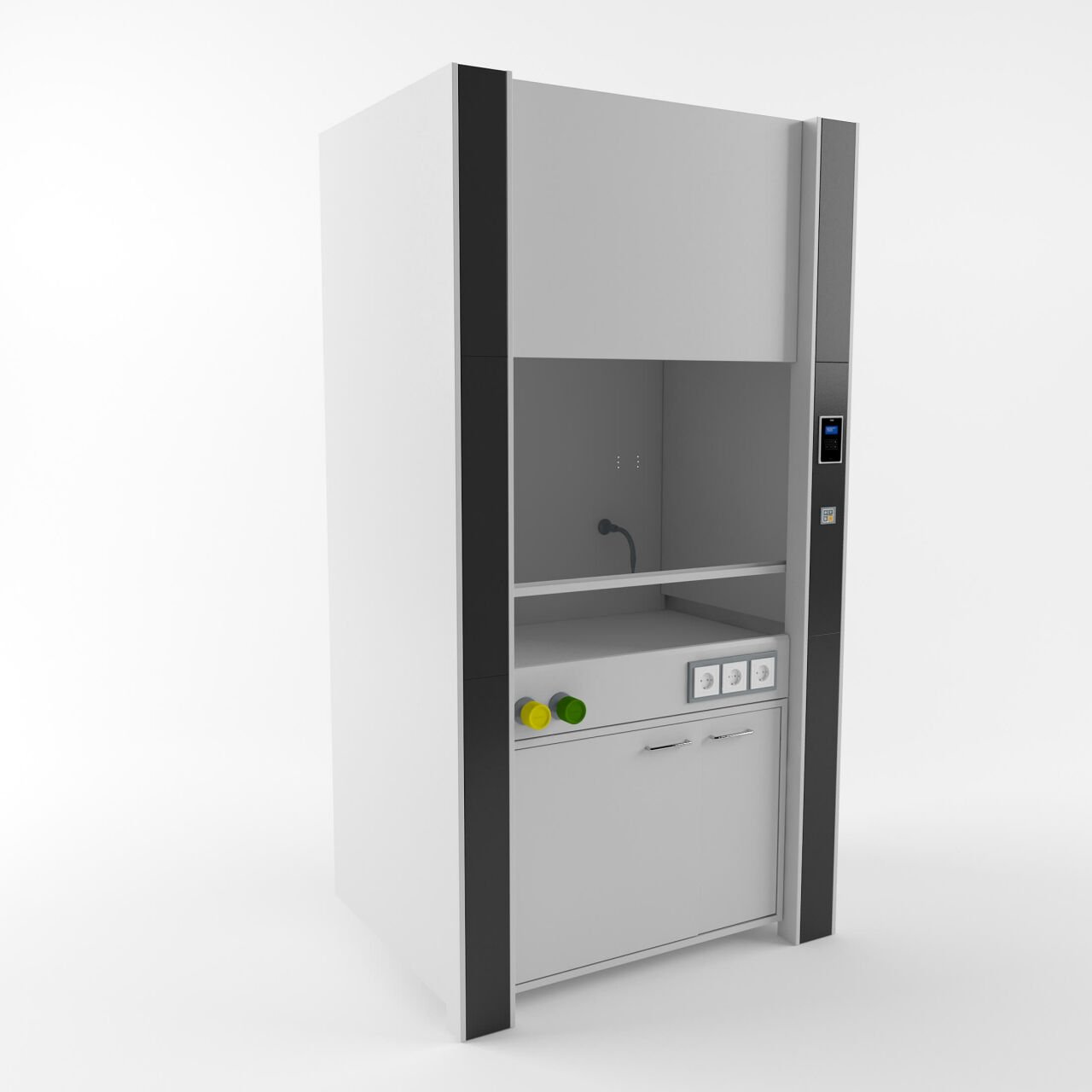Understanding Lab Fume Hoods: Essential Safety in Modern Laboratories

Understanding Lab Fume Hoods: Essential Safety in Modern Laboratories
Introduction
In the fast-paced world of scientific research, safety is a paramount concern that never gets old. Among the plethora of safety equipment in a modern laboratory, the lab fume hood stands out due to its critical role in protecting lab personnel from inhaling hazardous chemicals and gases. This comprehensive guide will explore everything you need to know about lab fume hoods, including their importance, types, features, and how to select the right one for your lab.
What is a Lab Fume Hood?
A lab fume hood is a type of ventilation system that primarily functions to provide personnel protection against toxins, vapors, and dust. It works by drawing air in from the front of the cabinet (the face) and exhausting it to the outdoors. The primary goal is to keep hazardous or noxious substances away from the lab environment, which is essential for maintaining a safe workspace.
Key Features of Lab Fume Hoods
- Containment: Superior containment of hazardous substances.
- Airflow: Consistent and uninterrupted airflow to remove contaminants.
- Visibility: Large, clear glass windows for viewing the reactions inside without exposure.
- Build Material: Chemical resistant materials to ensure durability and safety.
Types of Lab Fume Hoods
Ducted Fume Hoods
These hoods use ducts to transport contaminants from the lab to the outside atmosphere. They are ideal for labs that handle highly hazardous materials as they provide excellent air purity.
Ductless Fume Hoods
Ductless hoods, on the other hand, filter the air through activated charcoal or other types of filters before recirculating it back into the room. They are suitable for less hazardous operations.
Perchloric Acid Hoods
Designed specifically for use with perchloric acid, these hoods have wash down systems to prevent the accumulation of explosive crystals, providing an extra layer of safety.
Selecting the Right Lab Fume Hood
Consider Your Chemical Usage
Understand the types of chemicals you will be dealing with. This knowledge will dictate the type of fume hood that best suits your needs.
Evaluate Your Laboratory Space
Space constraints can influence your choice of fume hood. Ensure that the hood you select can be accommodated in your lab without requiring major renovations.
Assess the Airflow and Filtration Needs
It's critical to match the hood’s airflow capabilities to the types and volumes of chemicals used in your lab.
Maintenance Tips for Lab Fume Hoods
- Regular Checks: Perform airflow tests regularly to ensure proper functioning.
- Cleanliness: Keep the interior of the fume hood clean and free from debris to maintain airflow efficiency.
- Professional Inspections: Have your fume hood inspected by a professional annually to comply with safety regulations.
Conclusion
Lab fume hoods are a crucial part of laboratory safety, providing essential protection against hazardous substances. By understanding the different types of hoods available and considering the specific needs of your laboratory, you can make an informed decision about which fume hood is right for you. Remember, a well-chosen fume hood not only enhances safety but also improves the functionality and efficiency of your laboratory operations.
